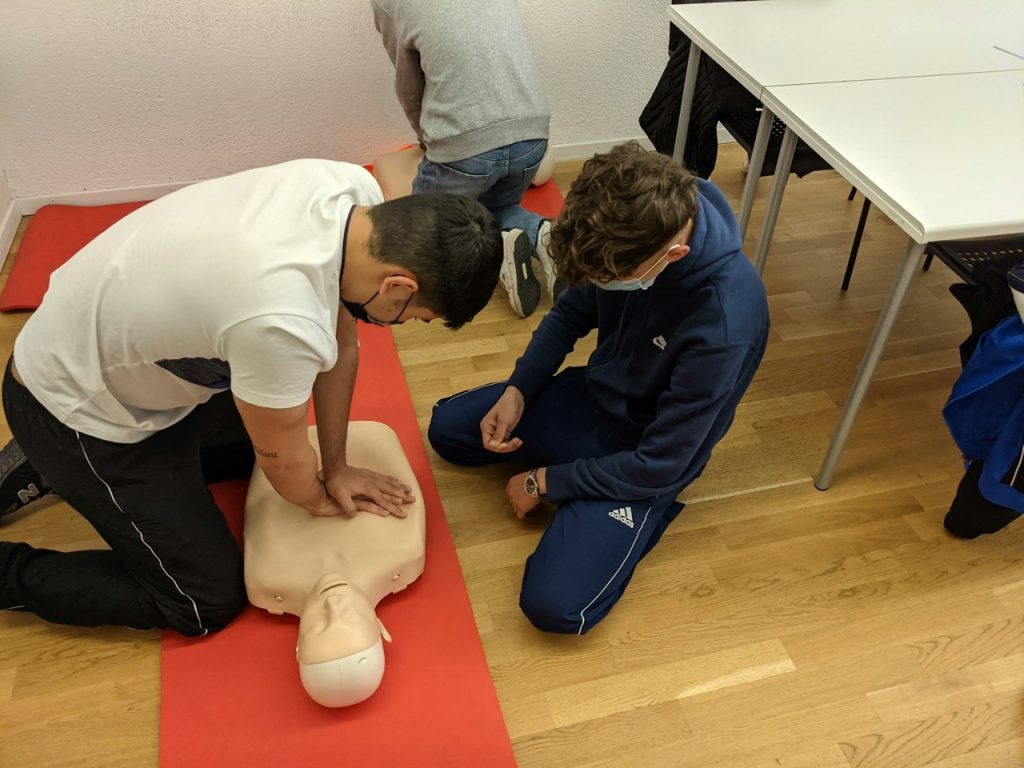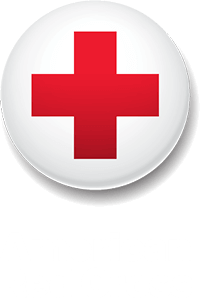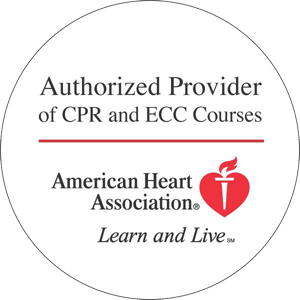Whether you need your CPR certification for your job in the healthcare industry or if you simply want to keep your life skills updated, keeping your CPR certification up to date is a huge deal. Since saving someone’s life with CPR is no small thing, it’s not a one-time class that you can take and forget about—it’s ongoing to ensure you retain these skills indefinitely. In this article, we’ll answer how often you should renew your CPR certification, explore the importance of renewing and maintaining your certification, and go into depth about timing for the certification so your cert doesn’t expire.

How Often Should I Renew My CPR Certification?
According to major Red Cross certification guidelines and healthcare providers around the country, you should renew your certification every two years to keep your skills current to updated practices and the latest techniques.
Fortunately, if you already have your CPR certification, you can take an expedited renewal course that allows you to maintain your skills without having to take the extended course. At HeartCert, we offer self service kiosks to expedite this process even more.
If you don’t already have your CPR certification, you can easily sign up for a class.
Why Is Renewing My CPR Certification Important?
Renewing your CPR certification is extremely important in so many ways. First and foremost, it helps save lives. On top of that, a lot of the population is uneducated about how to perform CPR correctly, and having more educated people ensures that you, your family, and so many others around you are safer as a result. Furthermore, techniques are always changing with CPR as new information is learned and better ways of performing the technique are discovered. Renewing your certification helps you stay up to date with the latest techniques, so your skills are appropriate in medical emergencies.
Related Blog: 5 Reasons Everyone Should Know CPR
How Soon Should I Renew My CPR Certification?
Don’t wait to renew your CPR certification until the last minute because your certification could lapse if you don’t take the class in time. To ensure your certification doesn’t expire or classes are too full before you sign up, we recommend scheduling a renewal 30-60 days before your expiration date.
Where Can I Sign Up for CPR Certification Renewal Classes?
You can sign up for CPR certification renewal classes here at HeartCert. We offer accredited CPR renewal classes that are up to date with the newest education and emergency situation tactics. If you need to renew your certifications today, click below to register for an upcoming class to ensure your certification stays current.
HeartCert has options for everyone: blended online/in-person courses, fully online and private Kiosk sessions at several HeartCert locations.
HeartCert is your trusted training partner for CPR, ACLS, PALS, EMR, First Aid, CNA, IV, EKG and more, throughout the United States.
Courses include CPR/AED/First Aid, Basic Life Support (BLS), Advanced Cardiac Life Support (ACLS), Pediatric Advanced Life Support (PALS), Certified Nursing Assistant training, IV training, EKG training, babysitter basics and more. Courses and certifications from both the American Heart Association and American Red Cross are available. We offer virtual courses and certifications, in all 50 states as well as in-person classes at our headquarters, HeartCert CPR Eagan and major cities in Iowa, Illinois, Georgia, Michigan, Minnesota, Mississippi, Nebraska, Pennsylvania, Texas and Wisconsin.







